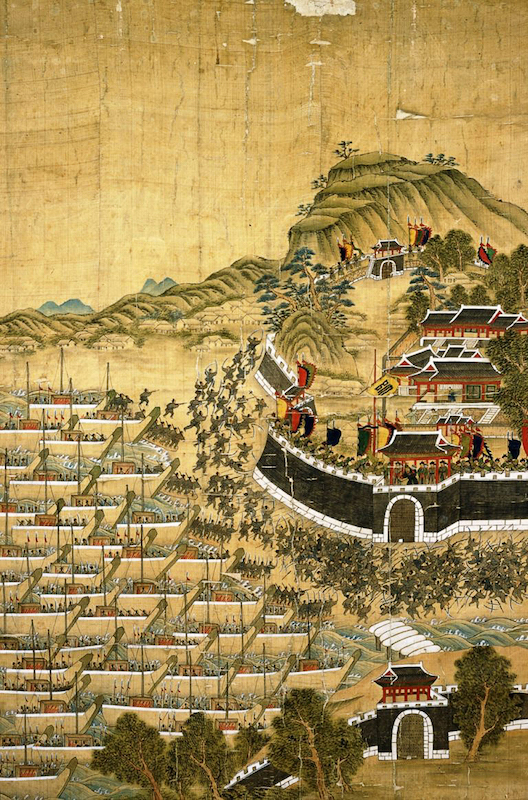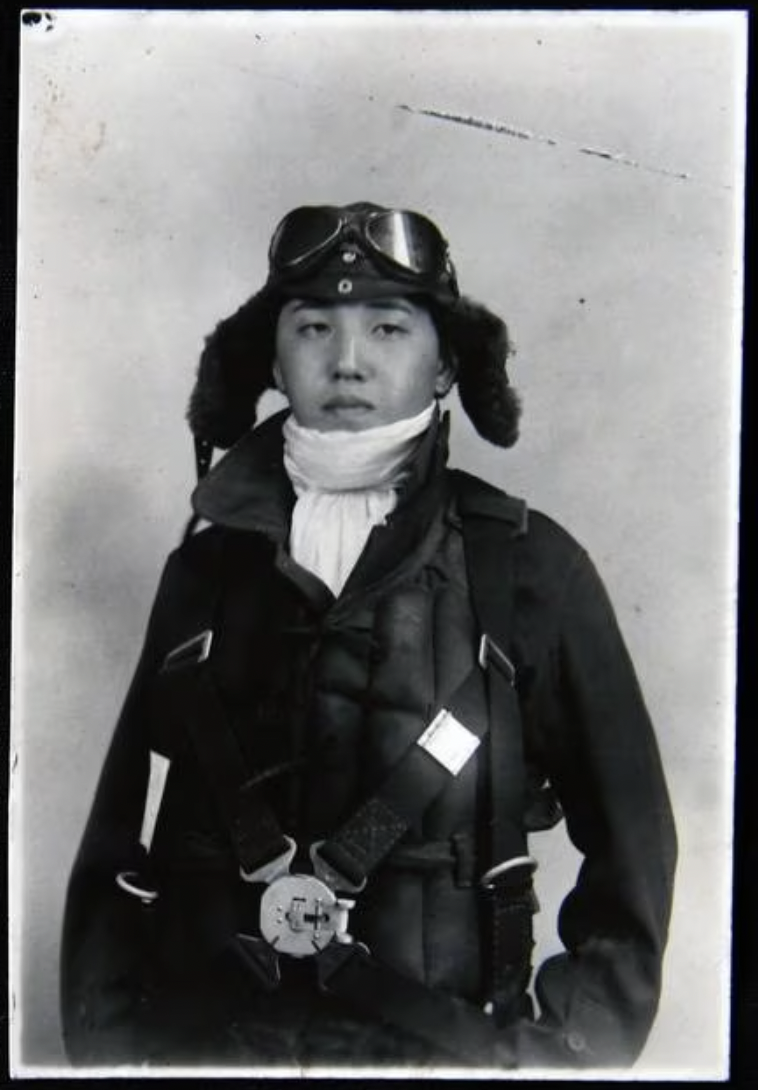every spring, thousands upon thousands of Japanese cherry trees blossom across my hometown of Vancouver. unlike the wild cherry trees you might find growing across Eastern Asia, the 40,000 scattered across the Lower Mainland are cultivars - genetically identical and artificially selected for desirable traits. so, while a stand of cherries in the Himalayan foothills may gradually begin to bloom across a period of weeks as warmer weather seeps across the landscape, a cloned crop of cherries in a Vancouver suburb will blossom in almost perfect unison.
soon after i learned to read as a kid, i began consuming books at a ravenous pace. the stack of books at my bedside was tall enough to use as a nightstand (upon which i would place some books). i read to fill the world-shaped void in my head, every story a loophole through which i escaped the confines of suburban dreariness. i kept a headlamp under my mattress and read through the night, eyes drooping to sleep just as the birdsong pierced dawn.
as it turns out, squinting at tiny overilluminated letters for hours on end is not particularly wonderful for your eyes, and my vision quickly declined to the point that by the time i noticed the cherry blossom across the street for the first time, it sort of just looked like a large, amorphous glob of cotton candy.
here’s an interesting quote from the most recent book i (partly) read:
“What we must do is to transform our empire and our people, make the empire like the countries of Europe and our people like the peoples of Europe.”
-Inouye Kaoru, Japanese foreign minister (1887)
Japan and the Decline of the West in Asia - Richard Storry

i never really read many history books as a kid, despite gorging myself on every other non-fiction book i could forage from my elementary school library. in retrospect, it’s probably a bit too ambitious to expect kid matthew to be curious about the geopolitics of the past when he didn’t even know how to find his way home from playground.
regardless, as a guy of Korean background, big boy pants grown-up matthew is at least vaguely aware of the various wars, war crimes, proxy wars, and occupations that Japan has carried out on Korean soil over the past several centuries. during the Imjin War between Japan and Korea in the 1500s, historical estimates of the invading Japanese forces reach into the hundreds of thousands of men, seaborne invasions at a scale that the Western world would not witness until the atrocities of the Great Wars centuries later. it was in those wars that the cherry blossom grew in Japan as both an emblem of nationalism and as a symbol of the ephemerality of life, that is, death - a glorious death, the death of a young man in a bomber plane, clutching his cherry-blossom uniform as he plummets towards the end.
there’s a distance in my grandpa’s eyes as he shows me how he was taught to write his name in Japanese, a momentary expression of some emotion that i’ll never grasp and he’ll never share.
recently, i’ve found myself tumbling deeper & more frequently down these historical rabbit holes, plausibly out of boredom, or latent curiosity, or to escape from the daily mundane, or perhaps as some halfhearted endeavor to connect with that intangible lost Culture that seems to elude the modern Asian-American. maybe i just want to understand why the world can’t get along with itself (and maybe that’s a reflection of how naive i still am)!

“We were the same age as today’s high school students and college freshmen. There wasn’t a single person among us who would have decided on their own to die.”
-Kazuo Odachi, WW2 Japanese bomber pilot (2020)
from The New York Times
i have a vivid memory of a moment soon after i got my first pair of glasses: early spring, one of those mornings that are just bright enough that you almost believe the rainy season has come to an end. that cherry blossom across the street comes into startling focus - in that first moment it feels like i can count every detail, dew-slick petals trailing a sweet scent as they sail down the breeze, flowing seamlessly into a silky white slipstream, catching the faintest blushes of pink on stray glimmers of the young spring sun.